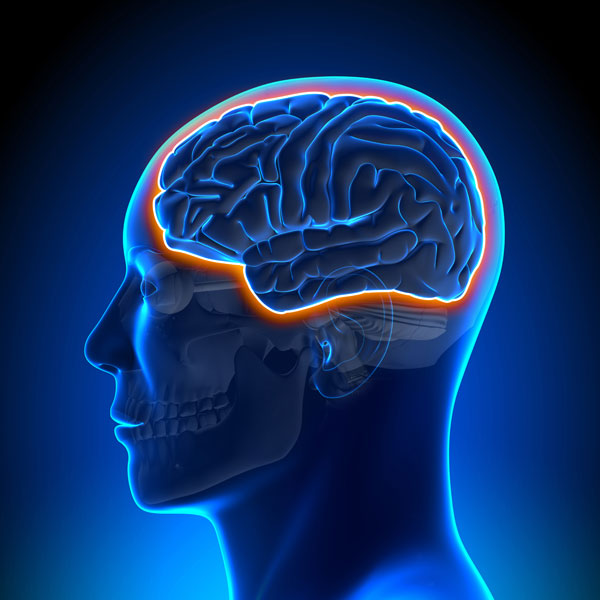
10th April 2021 "Neutrobots" deliver cancer drugs to the brain Researchers in China have designed a new bio-hybrid microbot, able to cross the blood-brain barrier and deliver drugs directly to brain tumours.
In humans and other animals, the blood-brain barrier (BBB) is a highly selective and semi-permeable layer of cells that controls what gets from the bloodstream and into the brain, and what does not. For example, substances that the brain needs to survive (such as water, glucose, and amino acids) can easily get through, while foreign or harmful pathogens (such as viruses and bacteria) are usually kept out. In recent decades, scientists have attempted to develop molecules able to cross the BBB, in the hope of treating diseases of the brain. The first successful crossing occurred in 1995. Since then, numerous methods have been researched using a range of different materials and nano-scale delivery systems with varying degrees of success. In addition to nanoparticles, this includes cell-based microrobots with propulsion and navigation capabilities. The immune response has been a major challenge for the latter, which are vulnerable to attack and removal by the body's defences. A new study in the journal Science Robotics, by a team from China, involves a bio-hybrid microbot that functions like a Trojan horse – disguising itself in a way that reaches closer to the source of brain tumours. Glioblastoma multiforme, the most aggressive and most common form of malignant brain tumour, has a median survival time of only 12–17 months with current treatments such as radiotherapy, chemotherapy, and surgical excision, even when these are combined. In the future, however, the researchers believe their novel delivery system could provide "a promising pathway to precision biomedicine" for humans.
To trick the immune system and sneak through the BBB, the researchers in this study created their bio-hybrid microbots – which they describe as "neutrobots" – in the following series of steps. First, they used iron oxide (Fe3 O4) to form a magnetic nanogel, functioning as the base of the delivery system. This contained paclitaxel, a chemotherapy medication known to be active against gliomas and various brain metastases. They then coated this nanogel with a surrounding membrane, derived from nanoextrusion of the bacteria E. coli, giving the appearance of a dangerous pathogen. This outside layer also prevented leakage of the drug. Finally, they exposed the coated nanogel to a neutrophil – a type of white blood cell that fights infection – to ensure it would be absorbed and disguised during its journey from the bloodstream into the brain. The researchers tested their neutrobots on glioma-bearing mice, placed in a rotating magnetic field. After injection into the animals' tails, the bots moved through their bodies and towards their brains. They then passed through the BBB, entered glioma tissue and successfully delivered the cancer therapy. "By combining the capabilities of real-time position tracking, autonomous path planning, and vision-based feedback, our system enables self-navigation of neutrobots along a programmed path," write the study authors. Some further improvements are required before use in human clinical settings, however. The researchers note that, while MRI and fluorescence imaging can track groups of neutrobots as they move, individual ones are harder to spot. Future experiments will need real-time observation at higher resolution – ensuring the precise guidance of entire swarms, to deliver the optimal dose. For now, this study proves that the neutrobots can inherit the biological characteristics and functions of natural neutrophils, in a way that current artificial microrobots cannot match. In the video below is an individual neutrobot under more controlled in vitro conditions moving at a speed of 16.4 µm per second, about 50 times faster than natural neutrophils. "Our research has verified the treatment of the neutrobots can extend the survival time of glioma-bearing mice," said Zhiguang Wu, PhD, co-author on the study and a professor at Harbin Institute of Technology. "So it may not be too long to translate the micro/nanorobots stories in science fiction into reality."
Comments »
If you enjoyed this article, please consider sharing it:
|







